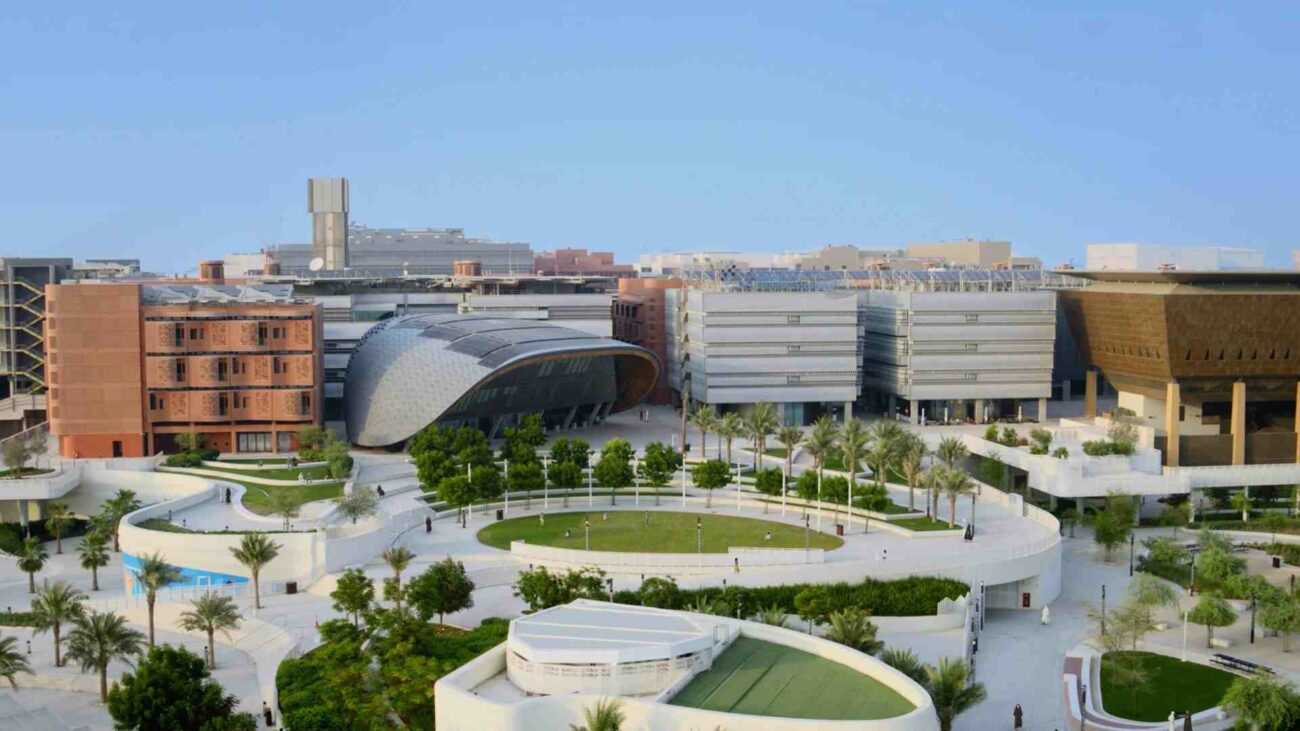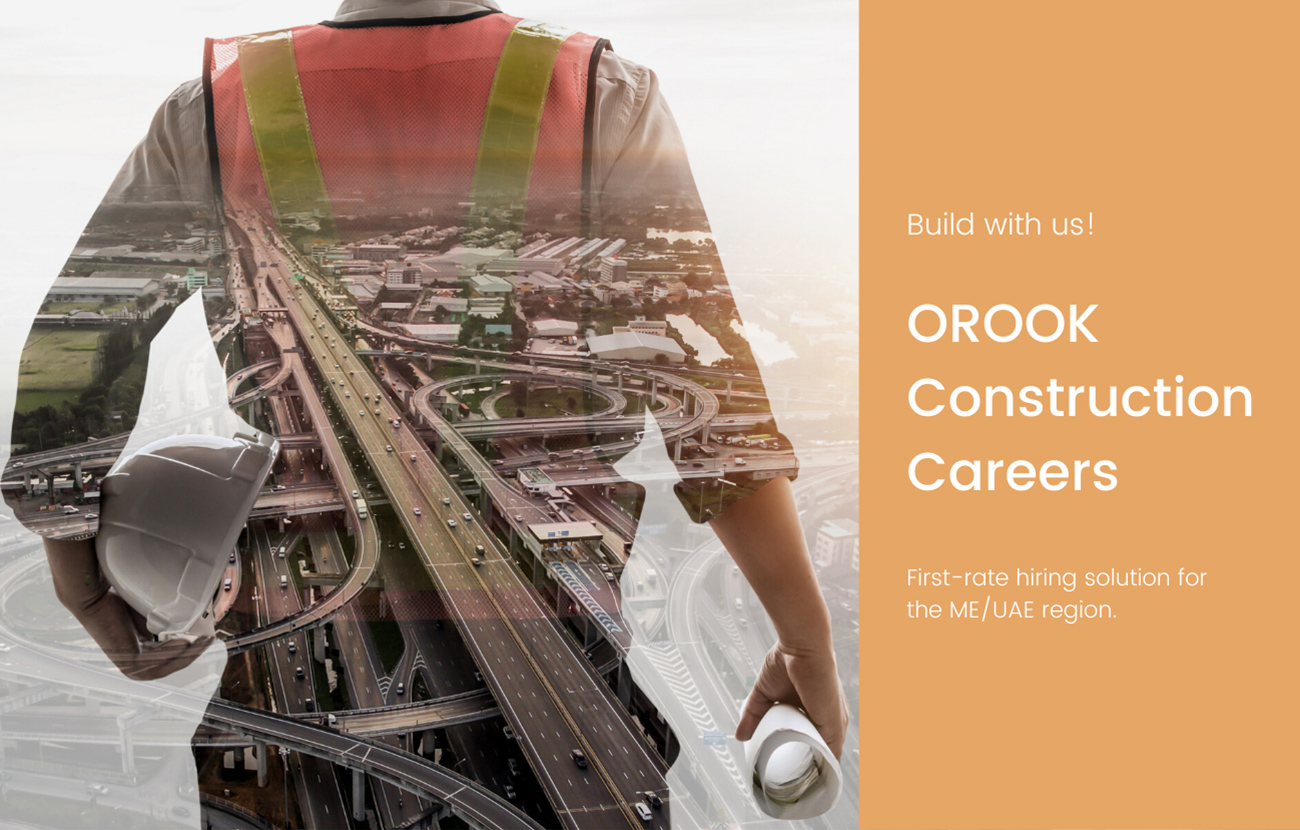As urban populations swell and the pressure on infrastructure intensifies, cities around the world are embracing a transformative vision, over one century old: becoming smart. These are urban areas that leverage technology, data, and sustainable design to improve the quality of life for residents, enhance operational efficiency, and reduce environmental impact. For construction industry professionals this shift opens exciting new opportunities and avenues for career growth.
What are smart cities?
Smart cities integrate information and communication technologies (ICT) with physical infrastructure to create connected, efficient, and sustainable urban environments. Sensors, IoT (Internet of Things) devices, data analytics, and automation support everything from traffic management and energy use to waste disposal and public safety. The goal is to create cities that are not only technologically advanced, but also environmentally responsible and socially inclusive.

Real-world examples of smart city projects
Several pioneering smart city projects worldwide illustrate what this vision looks like in practice:
- Songdo, South Korea: Often cited as the world’s first smart city, Songdo was built from the ground up with integrated technology systems controlling traffic, waste, energy, and water. Though ambitious, it faced challenges such as high costs and slower-than-expected population growth, highlighting the importance of balancing technology with human factors.
- Masdar City, UAE: Designed as a zero-carbon, zero-waste city, Masdar incorporates renewable energy, electric transport, and sustainable building materials. It has become a success story for green construction practices, though the project has evolved over time to adapt to economic realities and technological advancements.
- Barcelona, Spain: Unlike Songdo and Masdar, Barcelona transformed an existing city by retrofitting smart technologies into its infrastructure. Its smart lighting, waste management, and public transport systems have improved efficiency and reduced emissions, demonstrating how smart city principles can be applied in diverse contexts.
- Singapore: A global leader in smart city innovation, Singapore uses data and technology to manage traffic, energy, and public services efficiently. Through its Smart Nation initiative, it focuses on both infrastructure and citizen-friendly digital services. The city also hosts SWITCH (Singapore Week of Innovation and Technology), a major global tech event that the OROOK team had the opportunity to attend.
Tackling the ‘tragedy of the commons’ through smart city technologies
One of the important goals of smart city initiatives is to use ICT to address the “tragedy of the commons” – a situation where shared resources are overused or depleted because individuals act in their own self-interest rather than for the common good (e.g., while each individual driver in a city saves time and flexibility by driving, the resultant excessive driving of the community causes traffic congestion and environmental issues). In urban settings, this can also manifest as air pollution, water shortages, or inefficient energy consumption.
Smart cities leverage ICTs to monitor and manage these shared resources more effectively. For example, by using real-time data from sensors and cameras, smart traffic systems can optimize signal timings, reroute vehicles, and manage traffic flow to reduce road congestion and pollution. This prevents overuse of certain roads and distributes traffic more evenly, benefiting all commuters.
Smart grids use data analytics to balance energy supply and demand dynamically. By integrating renewable energy sources and encouraging energy-saving behaviors (e.g., demand response programs), smart cities reduce overall consumption and prevent overloading the power network, preserving this common resource for everyone.
By providing transparent information and enabling coordinated management, these technologies encourage responsible use and collective stewardship of resources. In this way, smart cities help transform communal challenges into manageable systems, fostering sustainable urban living where resources are preserved and shared equitably for the benefit of all residents.

Challenges and successes
Building smart cities involves overcoming technical, financial, and social hurdles. Interoperability of systems, cybersecurity, funding, and public acceptance are ongoing challenges. Yet, successes in these projects prove the potential rewards: reduced energy consumption, lower carbon footprints, improved public services, and enhanced citizen engagement.
Environmental and social benefits
Smart cities promote sustainability by optimizing resource use, reducing pollution, and encouraging green building practices. They also foster social inclusivity through better accessibility, improved safety, and enhanced communication between citizens and government. This holistic approach supports healthier, more resilient urban communities.
Implications for the construction industry
For construction professionals, the rise of smart cities signals a paradigm shift. Traditional building practices are evolving to incorporate digital technologies, data-driven decision making, and sustainable design principles. Engineers and architects are increasingly working alongside IT specialists, urban planners, and environmental scientists to create integrated solutions. It has been assessed that by 2030, there would be 2.5 million new jobs for green and smart transition in the AEC industry. A gap in skill sets and professional orientation that is already noticeable on the market will only get bigger.
Career opportunities and learning
The smart city movement creates numerous career opportunities:
- Specialized skills: Knowledge of IoT, data analytics, green building standards, and smart infrastructure design is in high demand.
- Interdisciplinary collaboration: Professionals must develop skills in working across diverse teams, blending technical expertise with social and environmental awareness.
- Continuous learning: Rapid technological advancements mean ongoing education is essential. Certifications in smart technologies, sustainable construction, and project management can enhance career prospects.
- Innovation and leadership: Construction experts have the chance to lead innovation, driving projects that shape the future of urban living.

Ethics of smart cities: Balancing innovation with responsibility
While smart cities promise tremendous benefits, they also raise important ethical questions that construction professionals and urban planners must consider. The extensive use of sensors, data collection, and surveillance technologies can threaten citizens’ privacy and personal freedoms if not managed transparently and responsibly. There is a risk of creating “digital divides” where only certain populations benefit from smart infrastructure, exacerbating social inequalities.
Moreover, reliance on automated systems and artificial intelligence can lead to unintended biases or errors with significant consequences. Ethical smart city development demands careful governance, inclusive decision-making, and robust cybersecurity measures to protect data and maintain public trust.
AEC professionals have a responsibility not only to build technologically advanced infrastructure, but also to advocate for designs and policies that respect human rights, promote equity, and ensure that smart cities serve all members of society fairly. Balancing innovation with ethical vigilance is crucial to realizing the true potential of smart cities without compromising the values that reinforce vibrant communities.


